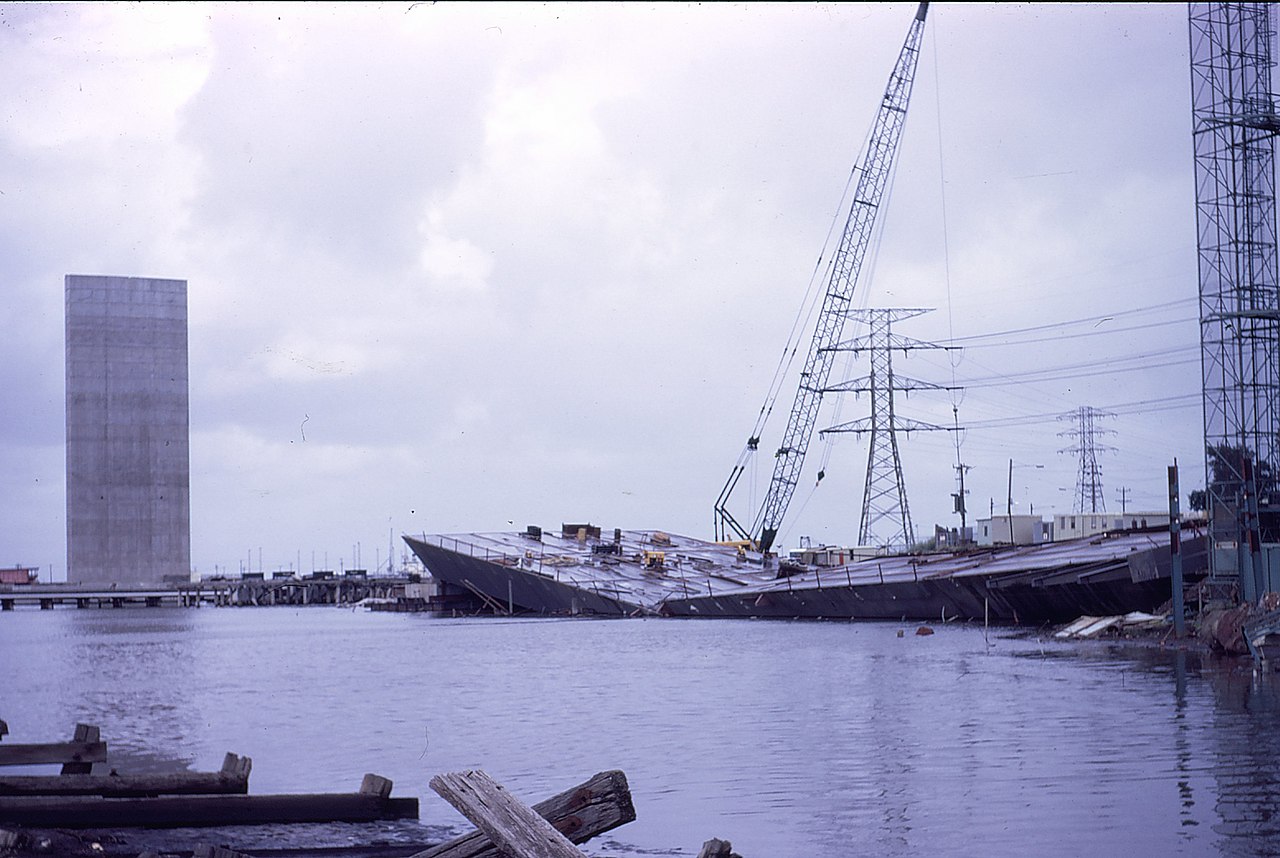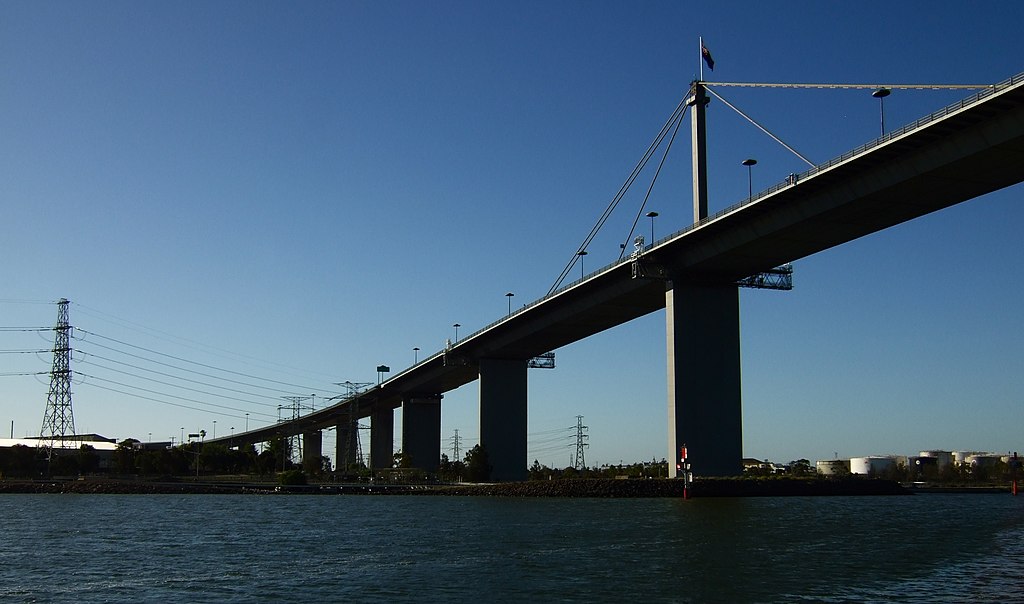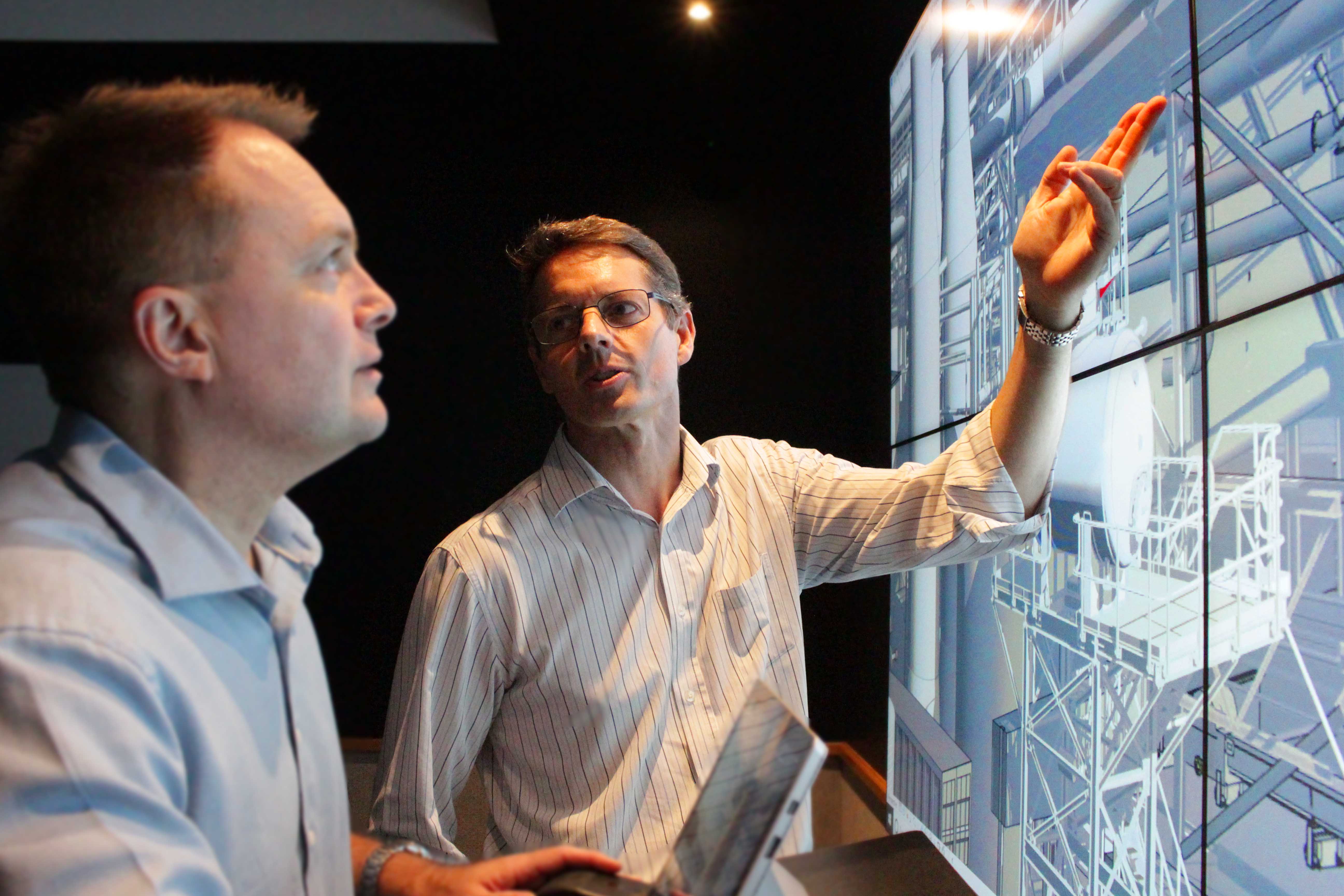This week marks the 52nd anniversary of the collapse of Melbourne’s West Gate Bridge.
On October 15, 1970, a central span of the West Gate Bridge failed during construction, killing 35 people. After a design error caused the span to buckle, several bolts were removed to ease the strain, which weakened the section enough to split it at the centre. The entire 122-metre length then collapsed into the Yarra River, killing those who were working on the bridge or eating lunch below. Some 1900 litres of diesel stored on top then caught fire, horrifically killing survivors who had withstood the fall.
A year later a Royal Commission delivered a scathing indictment of the site’s management. Blame was levelled at the head engineers, and the culture of lax workplace safety they’d overseen. And today there are still vital, universally applicable lessons to be learned from those findings. Lessons about how ignoring red flags, discouraging criticism, and rushing a job can lead to disaster.
The danger of ignoring red flags.
One of the saddest aspects of the accident is just how many warning signs were ignored in the weeks earlier. The first was when a 110 mm difference in camber was discovered where two halves of the span met. This should have been cause for rethink, but instead several eight-tonne blocks of ballast were used to weigh down the north side. This led to the buckling, which was a predictable outcome, and more cause for concern. But instead, the central bolts were removed, precipitating disaster.
But there were other red flags too.
Just months earlier, another half-finished steel box girder bridge collapsed in Wales, killing four people. This bridge was designed by the same company as the West Gate – a London-based firm called Freeman Fox and Partners – so the West Gate construction crew were naturally concerned. Especially as they were also having problems. But instead of hitting pause, Freeman Fox flew the project’s head engineer and designer to Melbourne to reassure workers that the bridge was safe. A meeting was held, a vote was taken, and everyone went back to work.

The site about a month after collapse. Via photographer Peter Sod and Wikimedia Commons
The final red flag came on October 14 when a worker named Bob West felt the bridge shift under his feet. “She must be having growing pains,” he joked. He was dead 24 hours later.
All too often in cases of workplace deaths, there’s a moment in which someone sees something is wrong and does nothing. There’s a natural human inclination to not speak up, but wilful ignorance can be fatal, and it almost always happens in the lead up to cataclysm.
Wiley senior project engineer Tim Fitzpatrick believes the “strong silence thing” is also a facet of Australian culture. “It’s less widespread to what it was, but it’s still there. The trick is to be aware of it, so we can encourage people to speak up.”
Hierarchies discourage communication… and that’s dangerous.
Of course, it’s easy to tell staff and subcontractors to “speak up” but it’s important to acknowledge that there’s another reason why they don’t. And that answer is hierarchy. It’s hard for a labourer to tell a project manager there’s a problem because professional structures inhibit dissent.
As a survivor named Tommy Watson told The Age, “I’m a 23-year-old who knows nothing about the world and I’m standing up to an engineer. Who were we to argue about health and safety? We’re not on the same level.”
Watson was a rigger who attended the meeting with the British engineers who assured everyone the design was safe. He describes the uncertainty he felt at the time, and the regret he still feels for going along with the crowd.
“Today, I’m not sure we would have gone back to work,” he told The Age. “It was like a boss-servant relationship in them days.”
When it comes to workplace safety, it’s vital that managers acknowledge this dynamic continues to exist. Humans are hierarchical creatures by nature, and it’s a manager’s responsibility – and a company’s – to encourage constructive criticism.
“At Wiley we try to encourage problem solving instead of just doing what you’re told,” says Fitzpatrick. “Problem solving requires that you question and challenge beliefs, which means even the beliefs of those at the top.”
The danger of rushing.
There’s a line in the Royal Commission that reads: “Fundamental to the whole sorry situation was a constant sense of urgency and pressure to complete the construction within specified times.”
This isn’t surprising. It’s important to note that “a content sense of urgency” is still the default status of the construction industry. Everyone needs a project done yesterday, but the trick is not to let that impulse impede site safety.
As the Commission notes: “No one can blame the Authority for a desire to keep its contractors up to schedule… Nevertheless, the determination to keep the work moving at all costs was so extreme as to engender an atmosphere in which speed was the all–important consideration.”

The bridge as it looks today. Via Simon Whitehead and Wikimedia Commons
Conclusion.
As a Wiley engineer, Tim Fitzpatrick suggests that the other problem with rushing is that it hampers communication. And particularly on the West Gate, which was designed in the UK and being built in Australia. He says that a building’s designers and engineers always need to work together, which is a vital part of our offering.
“All our designers and engineers work together in the one building, which solves a lot of the problems when you try implementing designs in the real world,” he says. “Then we have the advantage that all our designers spend time on site. If something doesn’t go as intended, we have all the experts in the same room to problem solve together. And then not only do we solve problems, but we learn from our sites so that we know to avoid certain issues.”
Finally, he points out safety comes first. And that’s simply to ensure that every woman and man on a Wiley site gets to go home to their families. The collapse of the West Gate Bridge left 88 children without fathers and 28 widows without husbands, along with countless others who never felt safe again at work.
These are the reasons why we’re never willing to compromise on safety.



